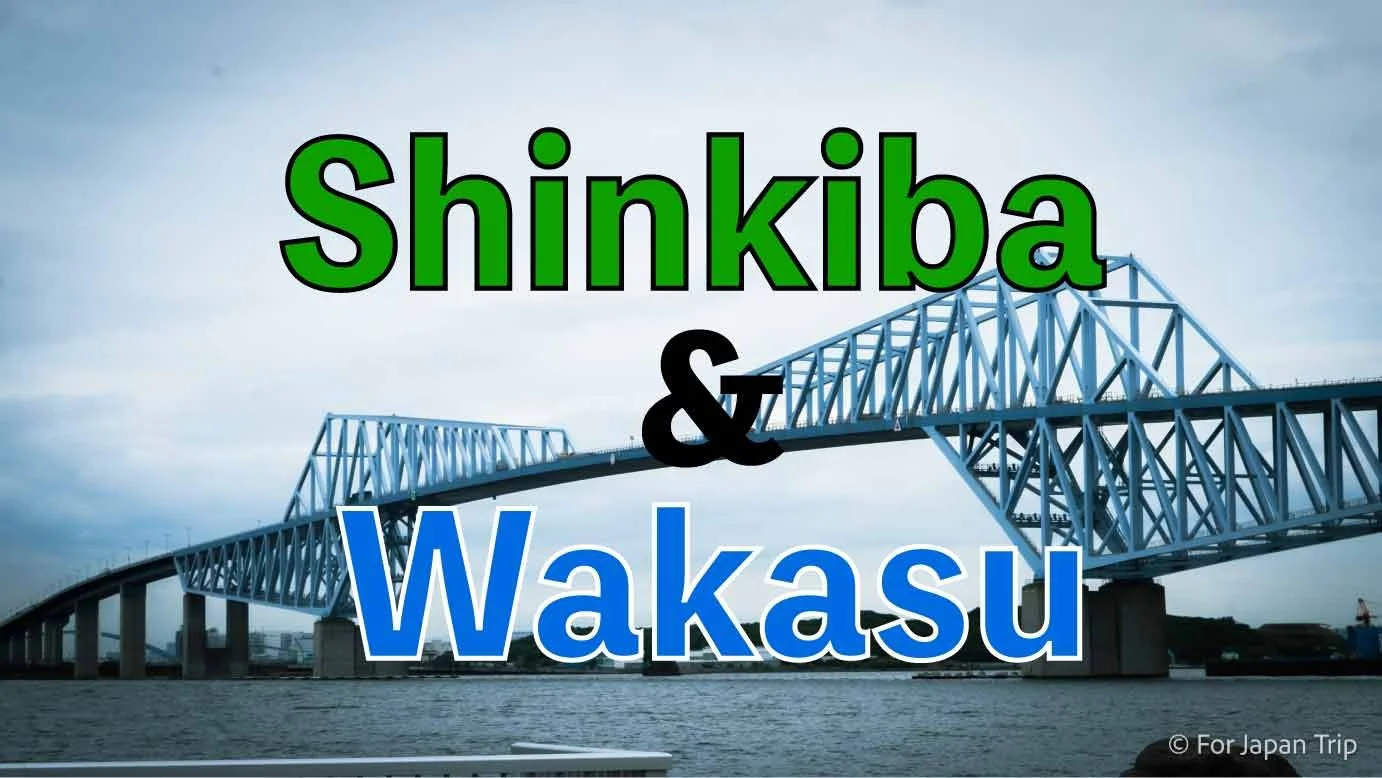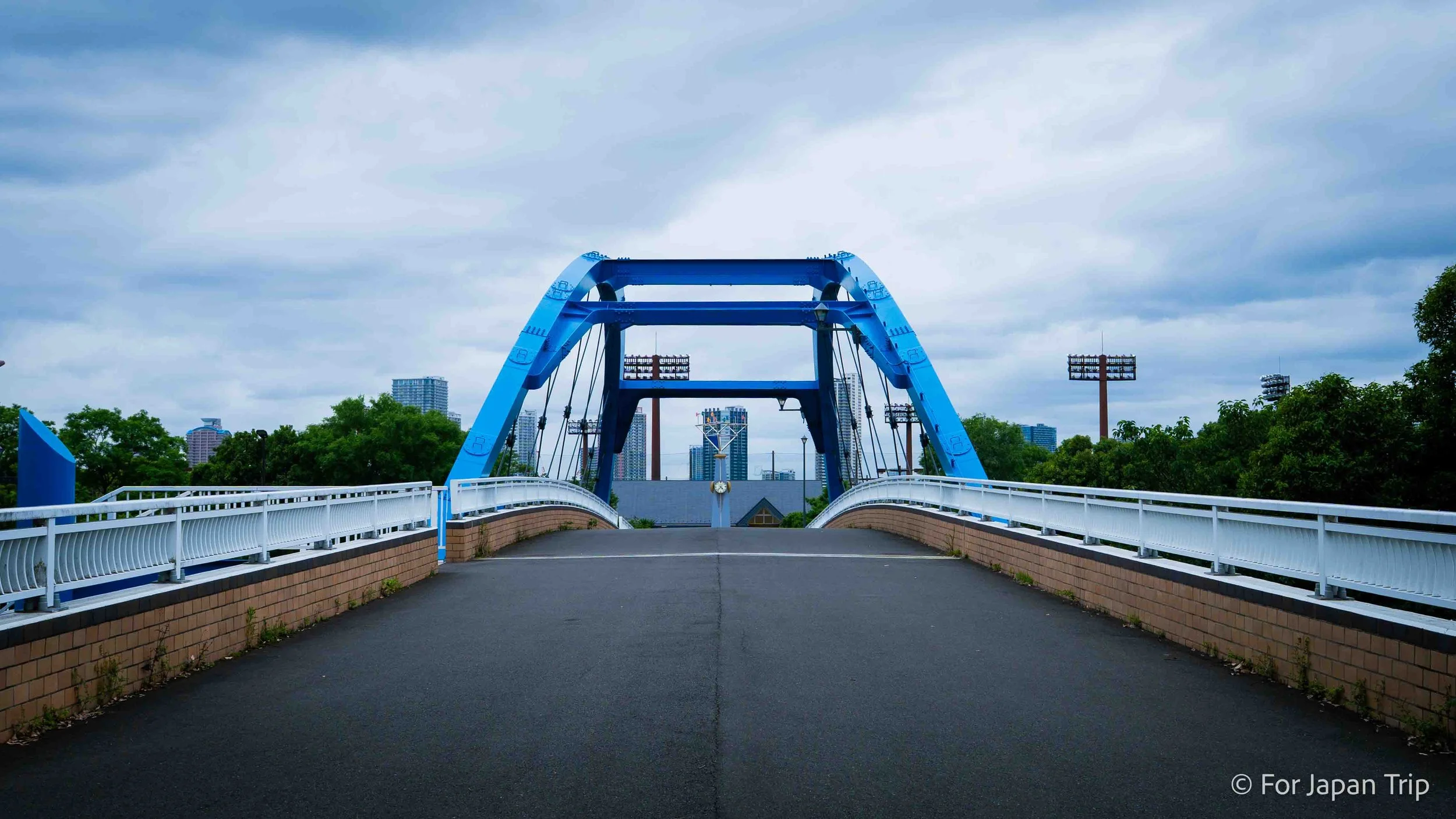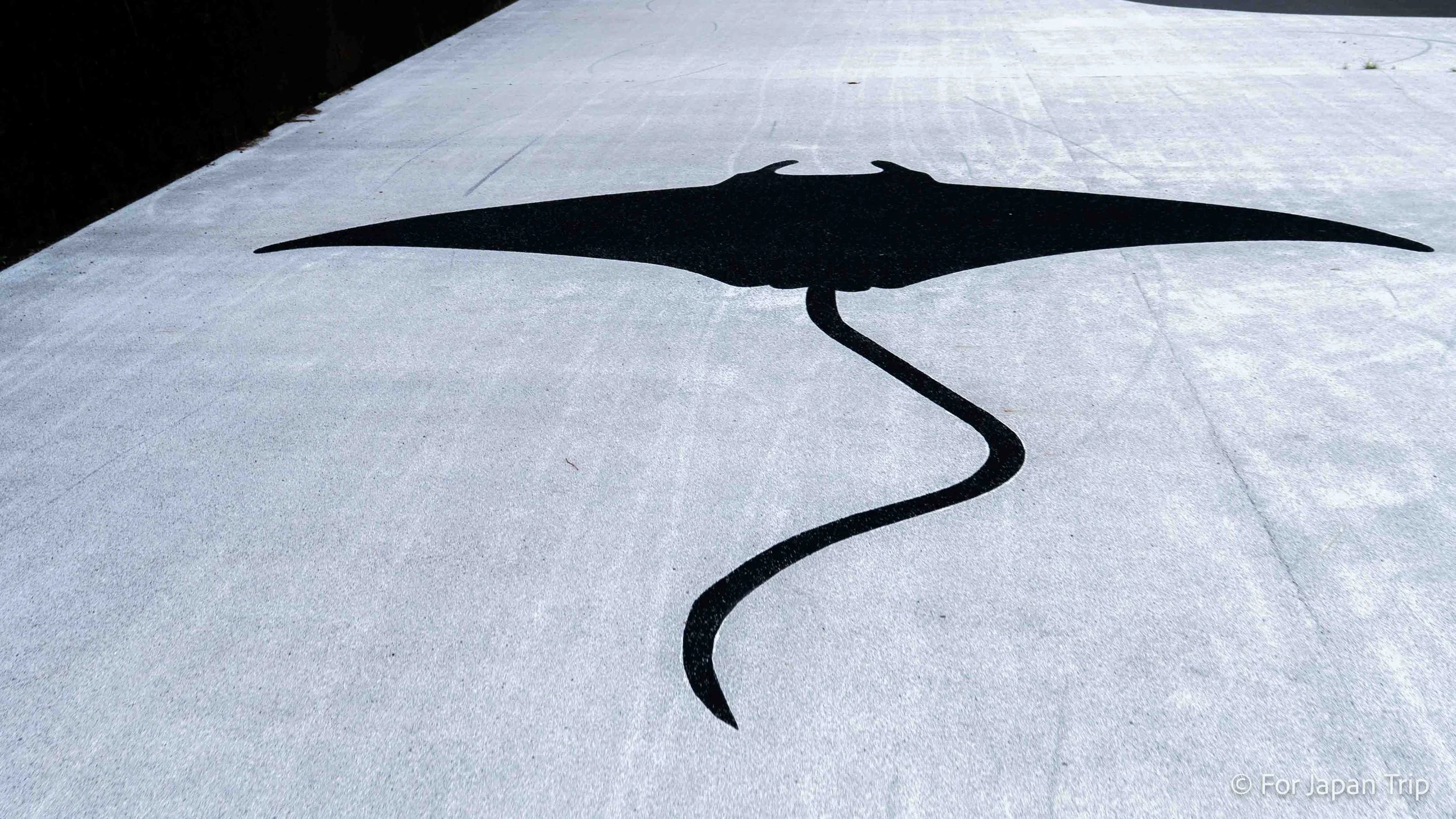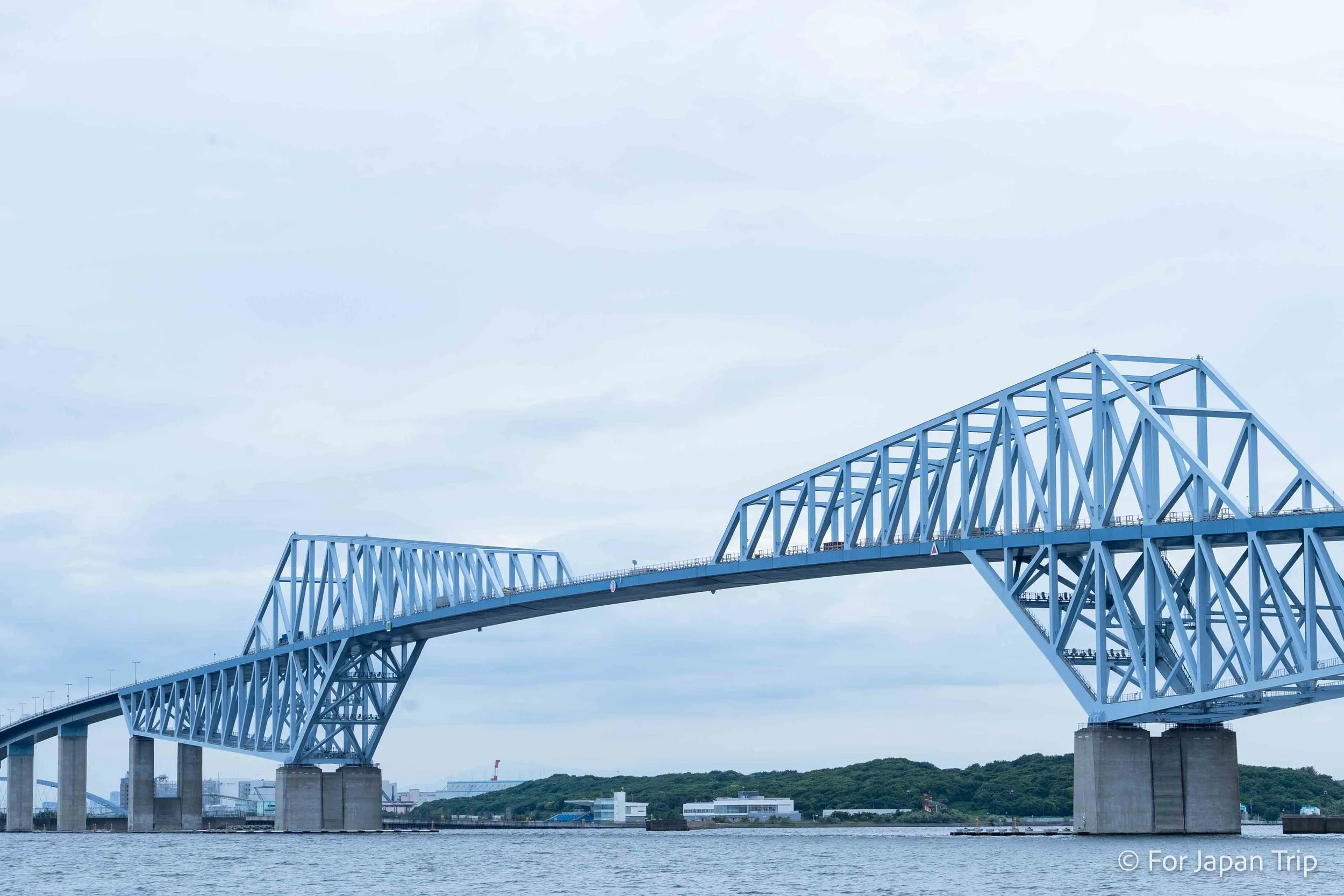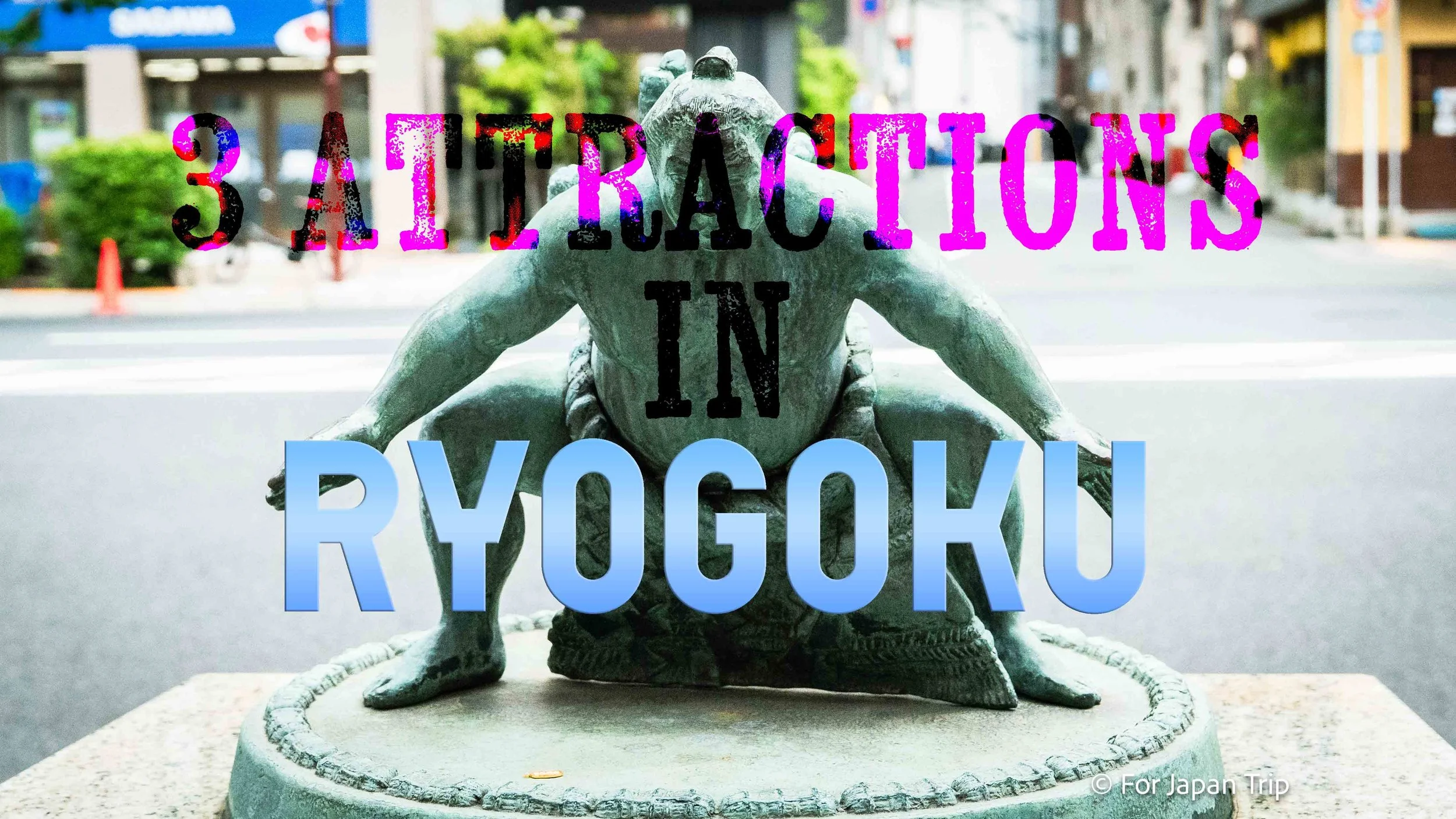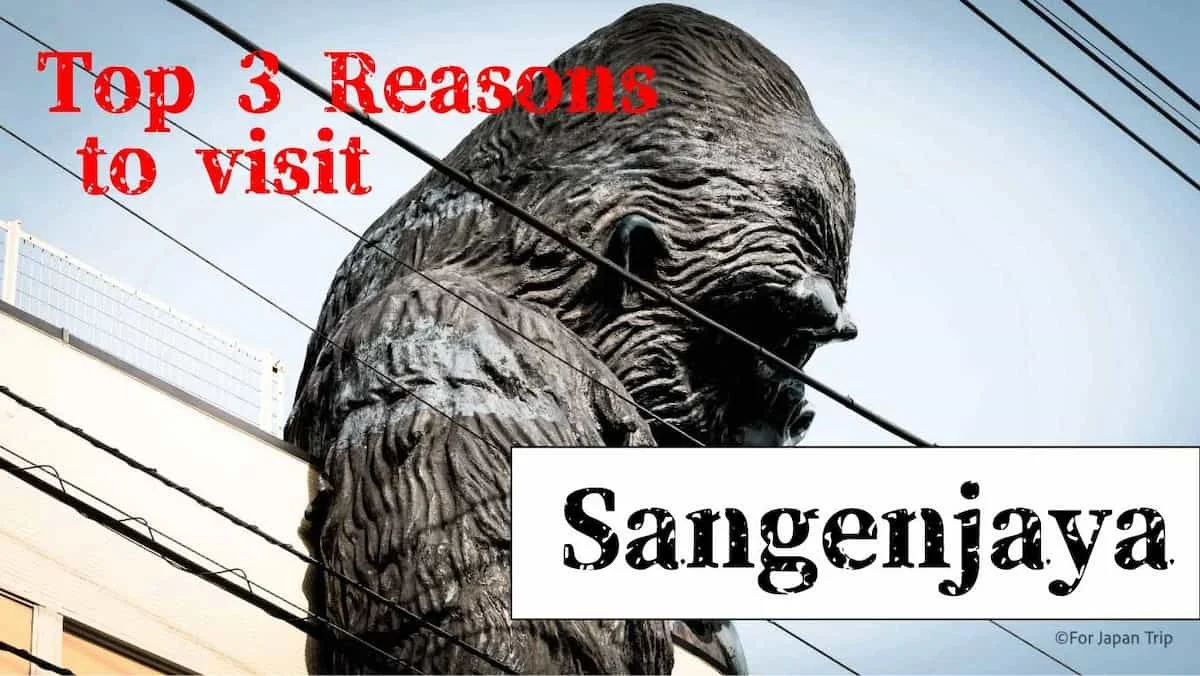Top 3 Attractions in Shin-kiba, Tokyo Travel
※updated on July 23 2025
Located in Koto City, Tokyo, Shinkiba (literally meaning “New Timber Yard”) was originally developed as a relocation site for Kiba, a historic area that had served as Tokyo’s main timber storage and distribution hub. As timber traffic exceeded capacity in Kiba, a new reclaimed land area was created to take over its function—this became Shinkiba.
Although once solely a timber storage site, Shinkiba began to transform after Shinkiba Station opened in 1988, evolving into a more versatile area. Today, it’s not just a logistics center; the neighborhood has grown to include parks, cycling paths, and entertainment venues, creating a unique blend of industrial heritage and recreation.
In this article, we’ll explore the highlights around Shinkiba Station, from scenic spots to cultural attractions—perfect for visitors looking to discover Tokyo’s hidden gems by the bay.
1) Yumenoshima Park: Tokyo’s Green Oasis on a Man-Made Island
Located on the artificial island of Yumenoshima in Tokyo’s Koto Ward, Yumenoshima Park is a vast green space developed in 1978 on reclaimed land. Covering approximately 43 hectares, the park features a wide range of facilities, including a tropical greenhouse dome, athletic fields, an indoor heated pool, a barbecue area, and BumB Tokyo Sports Culture Center.
One of the park’s highlights is the Yumenoshima Marina, where visitors can see a beautiful lineup of yachts and sailing boats. While the marina is primarily used by private boat owners who enjoy cruising and sailing on weekends, the scenery gives the area an international, seaside resort feel. If you're interested in marine activities, this is a spot worth checking out.
Another important feature of the park is the Daigo Fukuryu Maru Exhibition Hall, which displays the preserved fishing boat that was exposed to radiation during the 1954 U.S. hydrogen bomb test at Bikini Atoll. The exhibition serves as a powerful reminder of the need for peace and nuclear disarmament.
Whether you're looking to relax in nature, enjoy sports, or learn about postwar history, Yumenoshima Park offers a unique blend of recreation, education, and green space in the heart of Tokyo Bay. It's a lesser-known but rewarding destination for visitors seeking an off-the-beaten-path Tokyo experience.
2) Wakasu Public Art "Path of Sea Creatures"
Just across the Wakasu Bridge from Shin-Kiba lies Wakasu, a large artificial island in Tokyo known for its lush nature and outdoor activities. This area features a golf course, campground, and a popular cycling road that loops around the island. Along the eastern coastline, you’ll find an open-air art experience known as the “Path of Sea Creatures.”
Many people enjoy walking, running, or cycling while admiring these artistic displays. This particular artwork depicts a Giant Oceanic Manta Ray, known as the largest species of ray in the world.
The whale shark, which is said to grow over 10 meters in length, is known as the largest species of fish in the world. Despite its size, it has a gentle nature, and some whale sharks are known not to flee even when divers approach closely.
At Wakasu Park in Tokyo, one of the most striking pieces of public art is the Suzaku Monument—a majestic sculpture of a mythical bird with its wings widely spread, carved in stunning detail. Suzaku is a legendary creature from Chinese mythology, one of the Four Symbols (Shijin) that guard the cardinal directions. Suzaku is the guardian of the south, symbolizing fire, summer, and nobility.
This sculpture exudes both grace and strength, making it a powerful visual centerpiece in the area. Interestingly, other monuments representing the remaining three guardians can also be found in Koto City: the Azure Dragon (Seiryu) near Higashi-Ojima Station, the White Tiger (Byakko) at Toyosu Cultural Center, and the Black Tortoise (Genbu) near Kameido Station.
If you're exploring Tokyo’s east side, keep an eye out for these fascinating symbols of ancient myth—and don’t forget to snap a photo!
3) Tokyo Gate Bridge
The Tokyo Gate Bridge, located in Koto City, Tokyo, is a massive structure stretching approximately 2.6 kilometers. Opened in 2012, it connects Wakasu to the outer landfill area of Central Breakwater. Its unique shape—resembling two dinosaurs facing each other—has earned it the nickname “Dinosaur Bridge.”
While the bridge plays a vital role in supporting Tokyo Bay’s logistics, it’s also open to pedestrians, making it a popular viewing spot. From the walkway, you can enjoy panoramic views of Tokyo Bay, Tokyo Skytree, and even Mount Fuji on clear days. At night, the bridge is beautifully illuminated, creating a stunning cityscape that attracts both photographers and tourists.
Just nearby is Wakasu Seaside Park, where visitors can enjoy cycling, fishing, and other outdoor activities. For both engineering enthusiasts and nature lovers, the Tokyo Gate Bridge offers a memorable Tokyo experience.
Located in Tokyo's Koto City, Shinkiba offers a variety of outdoor facilities perfect for a weekend escape. If you have friends in Tokyo and are looking for a spot to enjoy nature together, this area is definitely worth considering. From cycling and barbecuing to relaxing by the water, Shinkiba has it all.
One of the area's highlights is its public art, scattered throughout places like Wakasu Seaside Park. Strolling past unique artworks while surrounded by sea breeze and greenery creates a peaceful and refreshing experience.
Historically, Shinkiba evolved from the Edo-era timber port "Kiba", transforming over time into a reclaimed waterfront district. Today, it’s a multifaceted hub where logistics, culture, and transportation intersect. With its unique mix of history and modern development, Shinkiba stands out as a lesser-known yet fascinating Tokyo neighborhood.
Recommended Area
Popular Area
